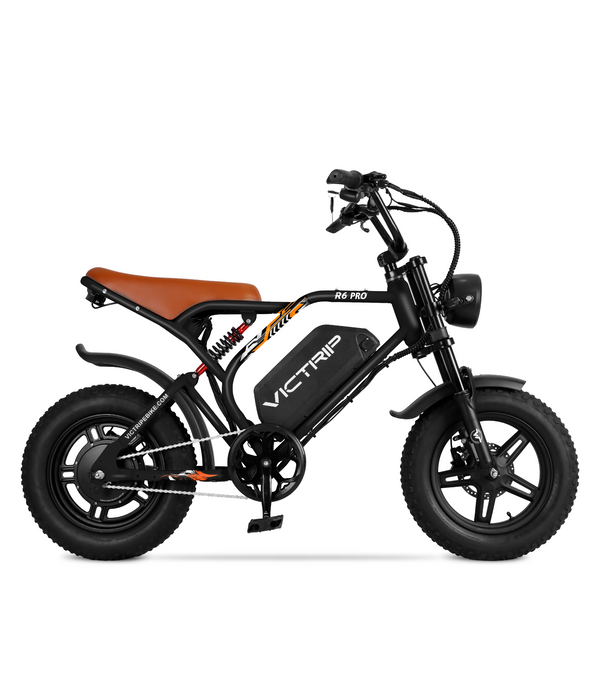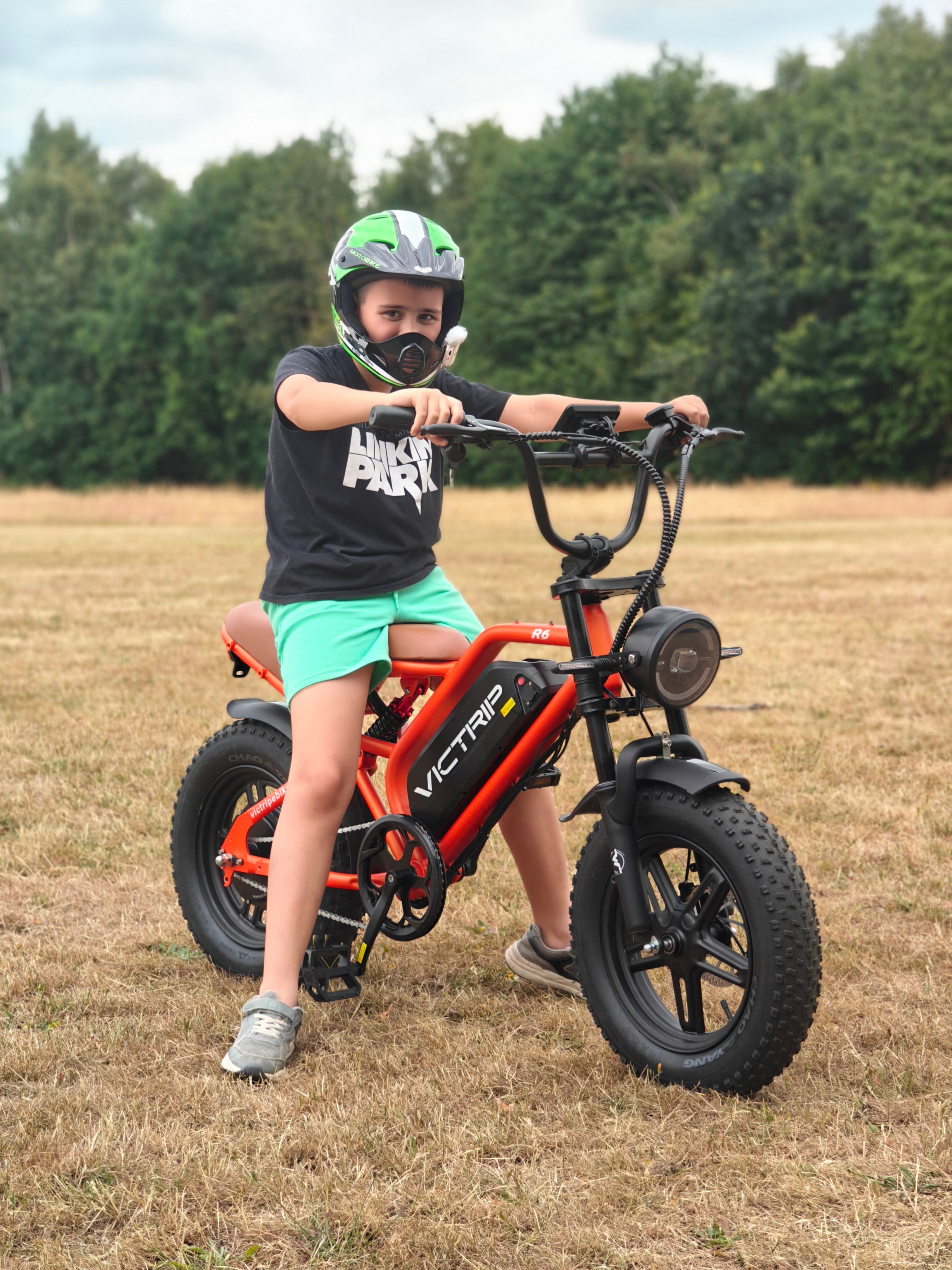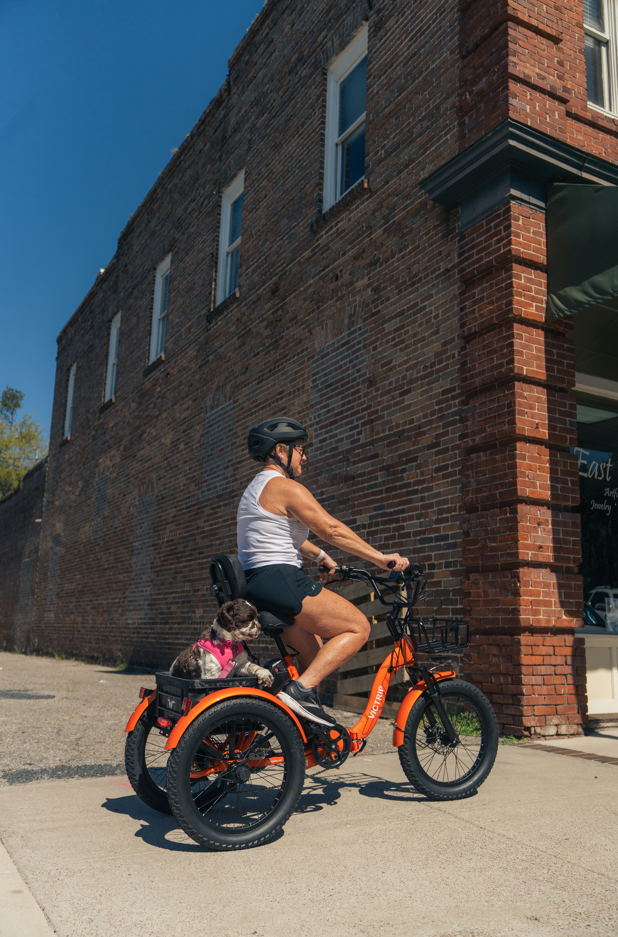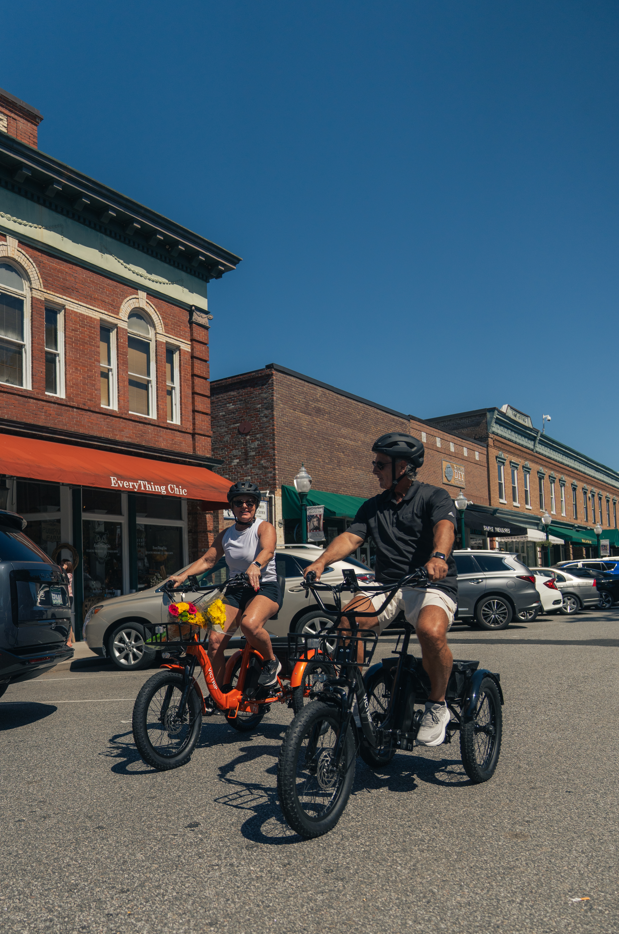
Choosing between E-Trikes vs. Electric Mopeds can feel overwhelming, especially now that both options are rapidly evolving. Many riders don’t know which one suits their lifestyle, daily commute, physical capability, or terrain. But don’t worry—I’ll break it down in the clearest, most practical way possible.
Electric trikes (also known as e-tricycles) and electric mopeds share one common purpose: clean, convenient, low-cost transportation. However, they’re drastically different when it comes to stability, speed, rider comfort, and the type of people they’re best suited for.
Let’s dive into every detail so you can confidently decide which one’s the better match for you in 2025.
Understanding the Core Difference Between E-Trikes and Electric Mopeds
What Is an E-Trike?
An electric trike is essentially a three-wheel bicycle equipped with a motor. It offers:
-
A wider base
-
Exceptional balance
-
Slow-to-moderate speeds
-
A seated, relaxed riding posture
-
High load capacity
In recent years, e-trikes have become extremely popular among seniors, cargo haulers, and riders who want safer, more stable alternatives to two-wheel bikes.
What Is an Electric Moped?
An electric moped is a small electric motorcycle with:
-
Two wheels
-
Higher riding speeds
-
Throttle-based driving
-
Superior hill-climbing power
-
Minimal pedaling (or none at all)
Electric mopeds are ideal for commuters who want motorcycle-like simplicity without fuel costs or heavy licensing requirements.

Stability & Safety Comparison
Balance and Tip-Over Prevention
E-trikes dominate this category.
-
They stay upright even at zero speed.
-
Wide rear axles prevent tipping during turns.
-
Ideal for riders with mobility challenges.
Electric mopeds, however:
-
Require balancing, especially at low speeds.
-
Aren’t suitable for people with knee or balance issues.
-
Are harder to control in slippery weather.
Winner: E-Trikes
Brake Performance & Control
Electric mopeds usually come with:
-
Disc brakes
-
Higher-speed stopping power
-
Better traction control
E-trikes often include similar setups, but because they aren’t built for high speed, braking feels gentler and more predictable.
Speed, Power, and Performance Breakdown
Motor Types and Torque Differences
E-trikes commonly use:
-
250W–750W hub motors
-
Moderate torque output
-
Smooth acceleration
Electric mopeds typically use:
-
1000W–3000W motors
-
Fast acceleration
-
Instant throttle response
-
Better climbing ability

Hill-Climbing Performance
Electric mopeds win here easily.
E-trikes can climb hills, but:
-
They do it slowly
-
Heavier loads reduce performance
-
Stability decreases on steep terrain
Electric mopeds:
-
Climb faster
-
Maintain speed
-
Don’t struggle with weight
Winner: Electric Mopeds
Comfort and Riding Experience
Seating Position and Ergonomics
E-trikes feature wide, cushioned seats—often with backrests.
Electric mopeds have:
-
Narrower seats
-
Upright or leaned-forward position
-
Less padding
Riders seeking a relaxed, pain-free ride usually prefer e-trikes.

Ride Smoothness Over Long Distances
E-trikes absorb bumps better because of:
-
Wider tires
-
Lower speeds
-
Optional full suspension
Electric mopeds deliver power, not comfort. If you’re commuting 20–30 miles daily, you may feel the road more intensely.
TOP PICK

VICTRIP® T1 Foldable Electric Tricycle
$1,299.00
Practical Use Cases: Who Should Choose What?
Best Users for E-Trikes
E-trikes are perfect for:
-
Seniors
-
Individuals with limited mobility
-
Grocery shoppers
-
Campus or neighborhood riders
-
Slow, scenic cruising
-
Small cargo transportation
They’re also great for anyone who wants stability over speed.
Best Users for Electric Mopeds
Electric mopeds suit:
-
Urban commuters
-
Riders needing 30–40 mph capability
-
Daily long-distance riders
-
People replacing a car or gas scooter
-
Younger adults who prioritize speed
They offer performance, not leisurely comfort.
Cost of Ownership Comparison
Purchase Cost Differences
On average:
-
E-trikes: $1,500–$4,000
-
Electric mopeds: $2,000–$5,000
TOP PICK

VICTRIP®R6 Pro 1500W Moped Style EBike
$1,099.00
Maintenance Needs and Long-Term Expenses
E-trikes require:
-
Minimal chain and brake maintenance
-
Occasional battery service
Electric mopeds require:
-
Brake servicing
-
Motor diagnostics
-
Suspension care
-
Tire and wiring upkeep
Mopeds cost slightly more over time.
Battery Range and Charging Convenience
Charging Time
-
E-trikes: 4–6 hours
-
Electric mopeds: 5–8 hours
Real-World Mileage
-
E-trikes: 25–45 miles
-
Electric mopeds: 30–60 miles
Legal Requirements & Road Regulations
Licensing Rules
Varies by region:
-
E-trikes often require no license
-
Mopeds often require a basic moped license or permit
Road Access Limitations
E-trikes can use:
-
Bike lanes
-
Paths
-
Parks
-
Community roads
Electric mopeds:
-
Usually restricted to roadways only
-
Not allowed in bike lanes
For updated laws, check: https://www.transportation.gov/.
Conclusion
Choosing between E-Trikes vs. Electric Mopeds ultimately depends on your lifestyle, physical needs, and terrain. E-trikes win for safety, comfort, and stability, making them ideal for seniors, cargo use, and slow-speed commuting. Electric mopeds deliver unmatched performance, speed, and power—perfect for daily commuters and riders seeking car replacement alternatives.
Both deliver eco-friendly, low-cost transportation, but the right choice depends on whether you value comfort and stability or speed and capability.
FAQs
Are e-trikes safer than electric mopeds?
Yes, e-trikes offer superior stability and are safer for riders with mobility or balance limitations.
Can electric mopeds replace a car?
For short commutes (10–20 miles), yes. They deliver enough speed and range for everyday use.
Are e-trikes good for seniors?
Absolutely. Their stability, low seating, and easy controls make them one of the safest electric mobility options.
Which lasts longer: an e-trike battery or moped battery?
Electric mopeds generally use larger batteries, giving them an advantage in durability and range.




Share:
Electric Bicycles With Torque Sensors: The Secret to Easy Riding
Common Mistakes New E-Trike Riders Should Avoid